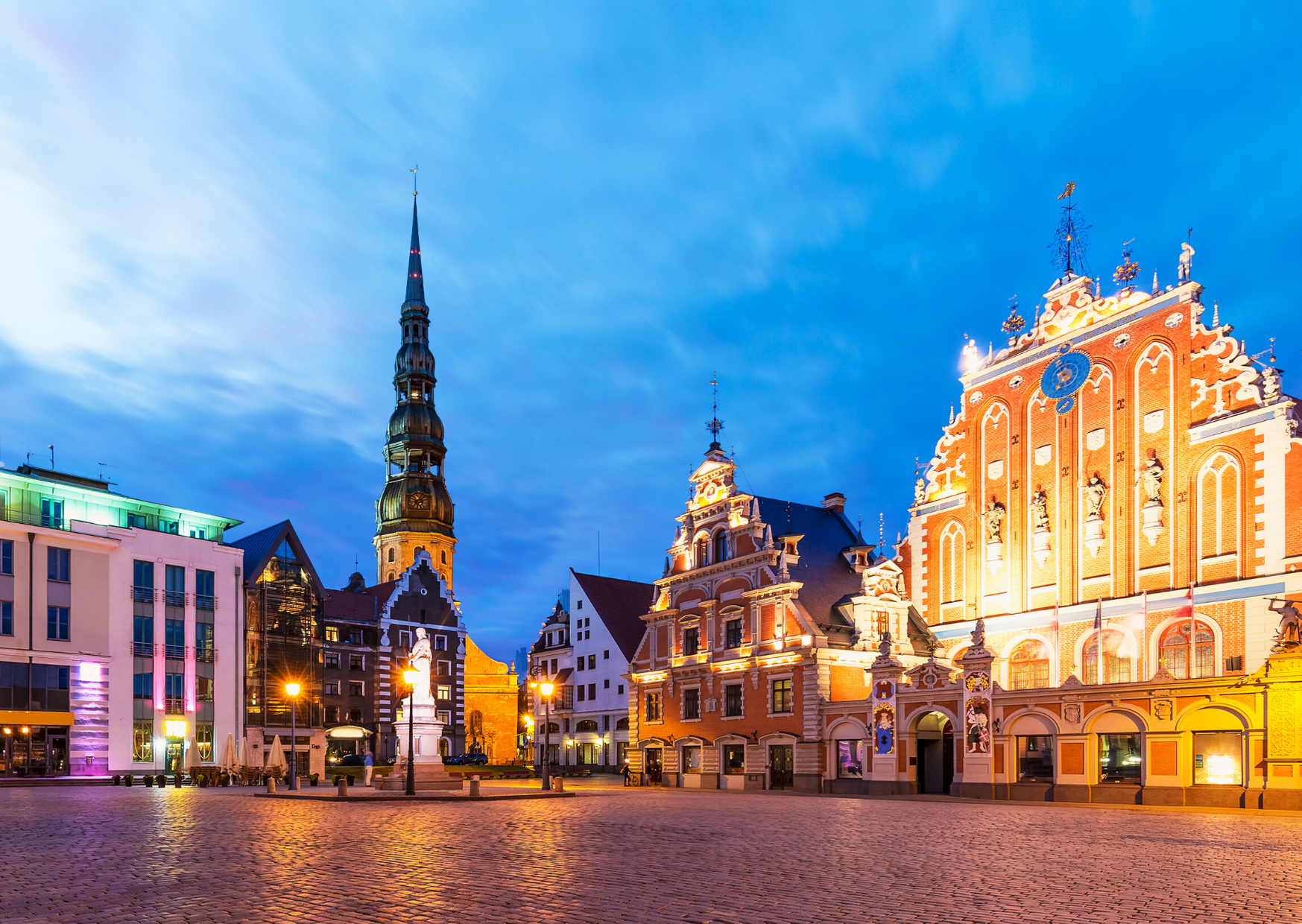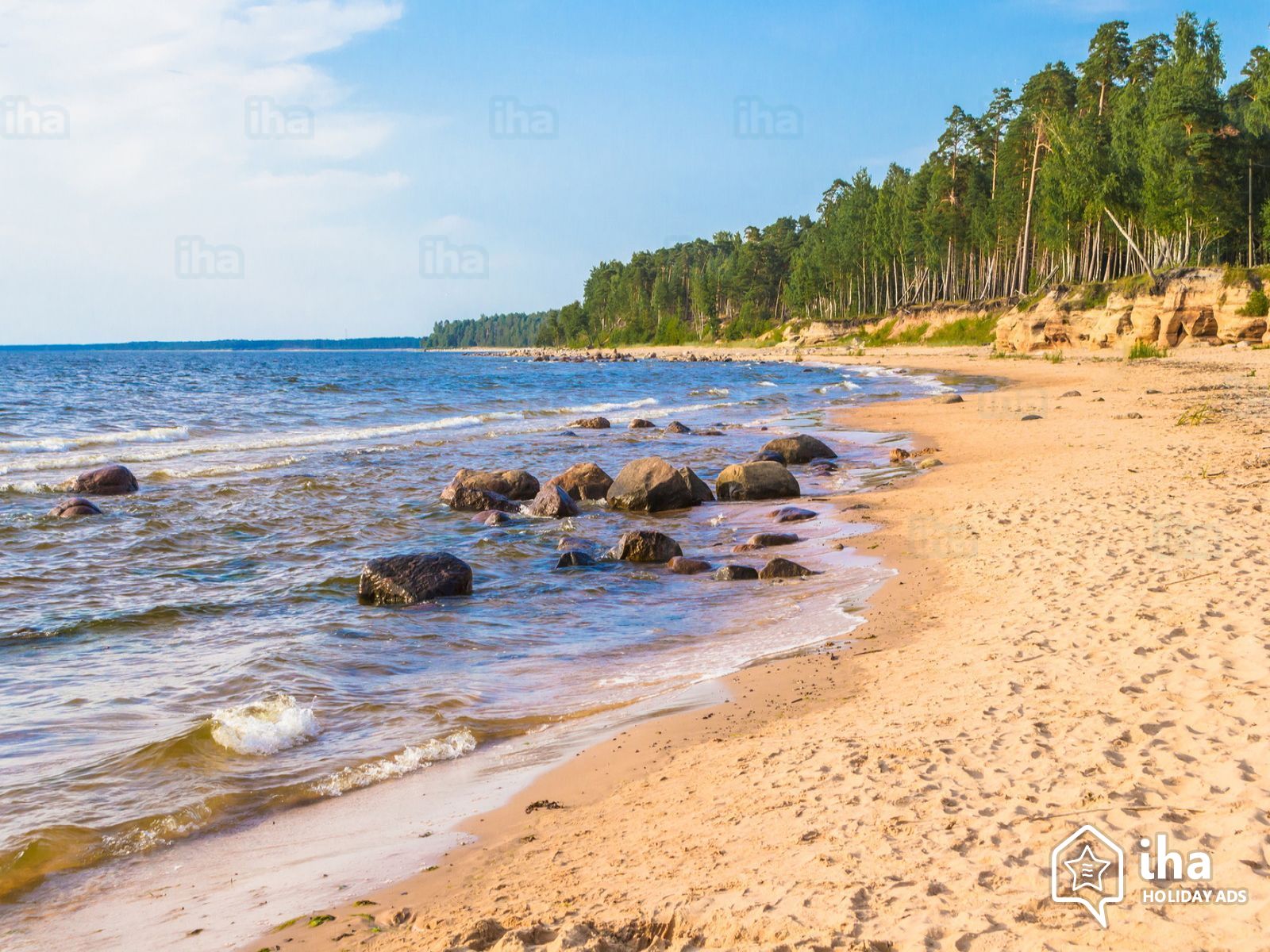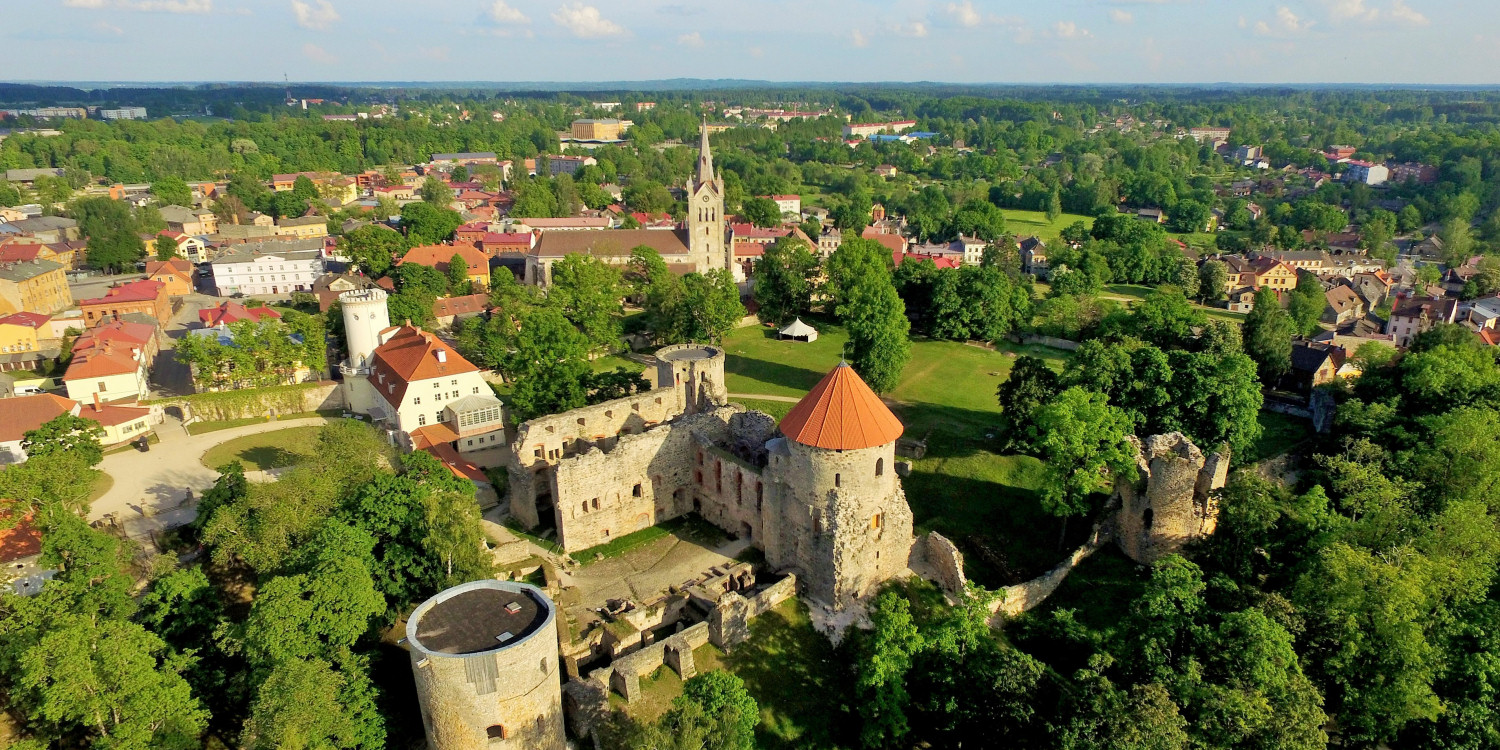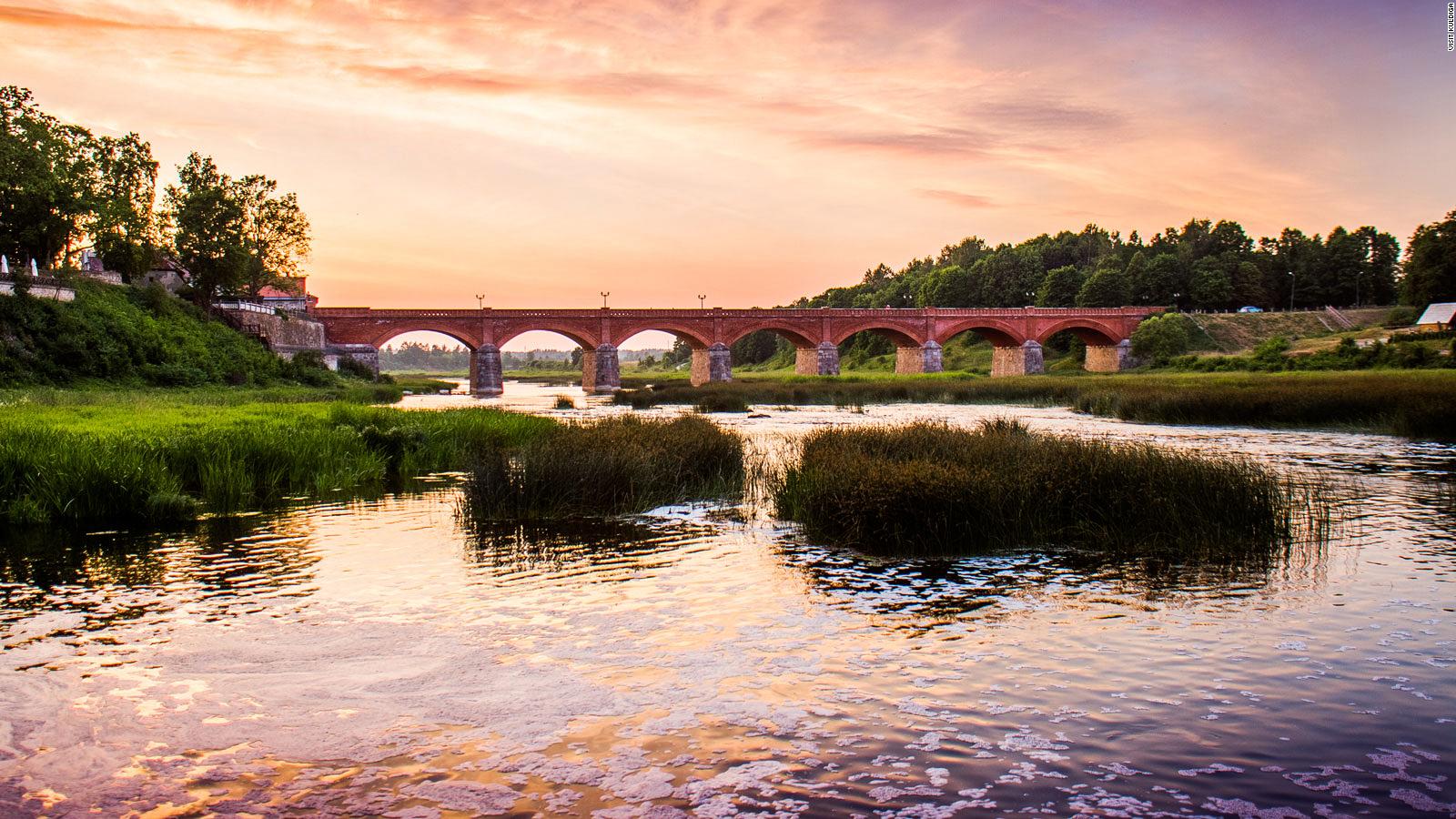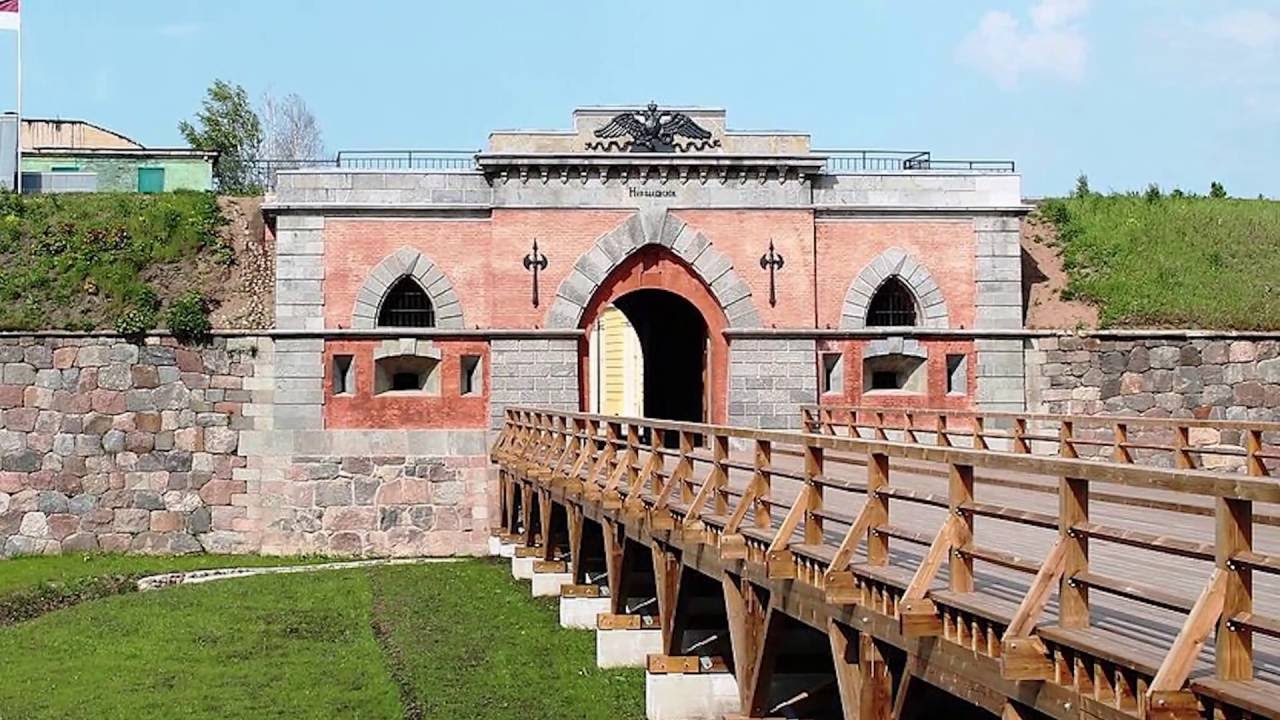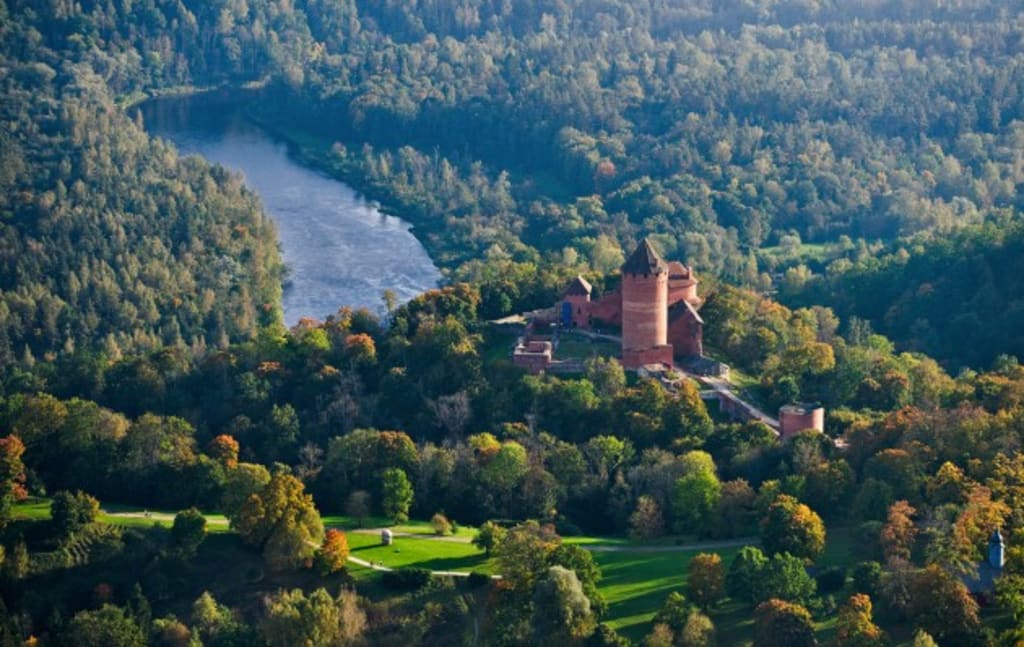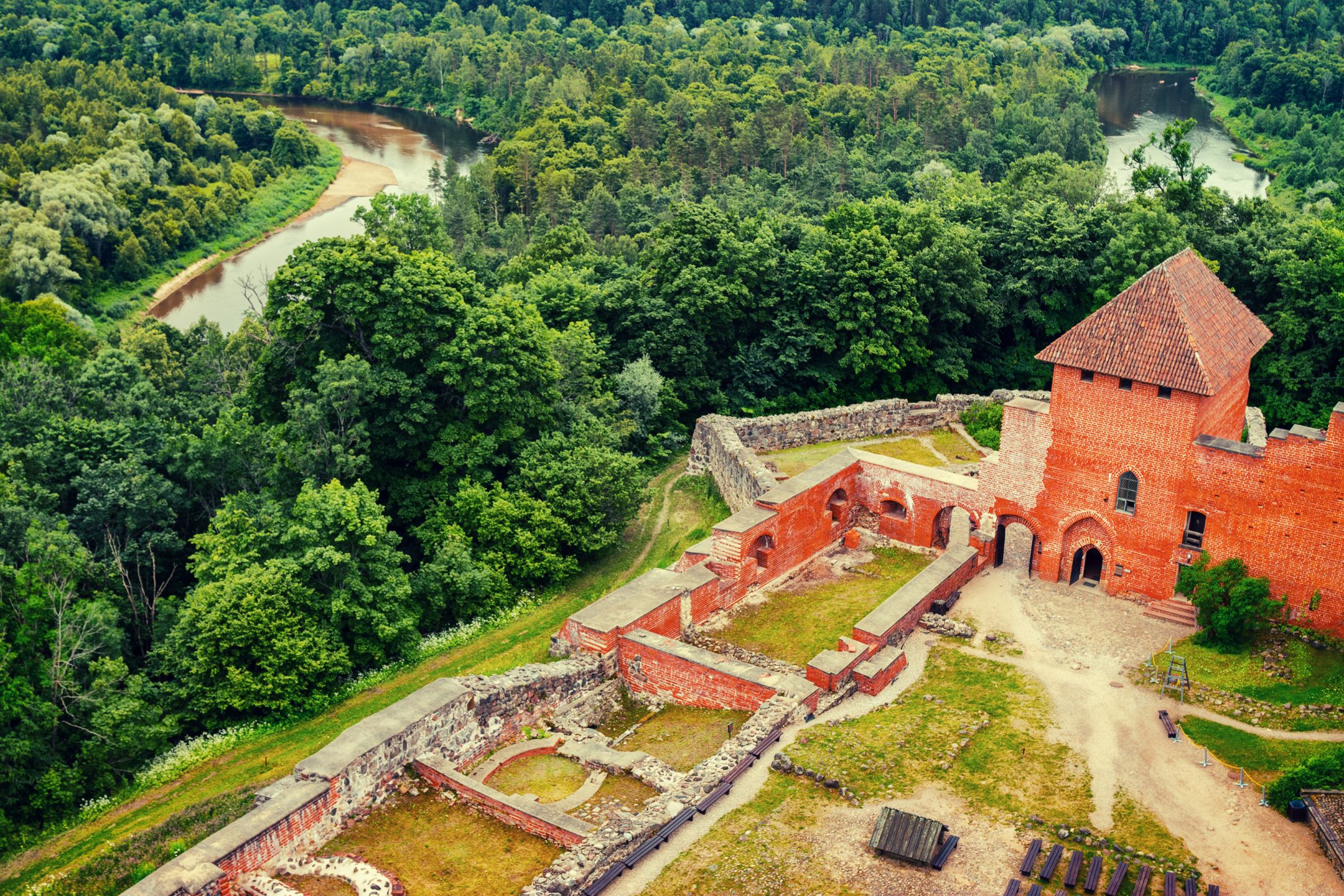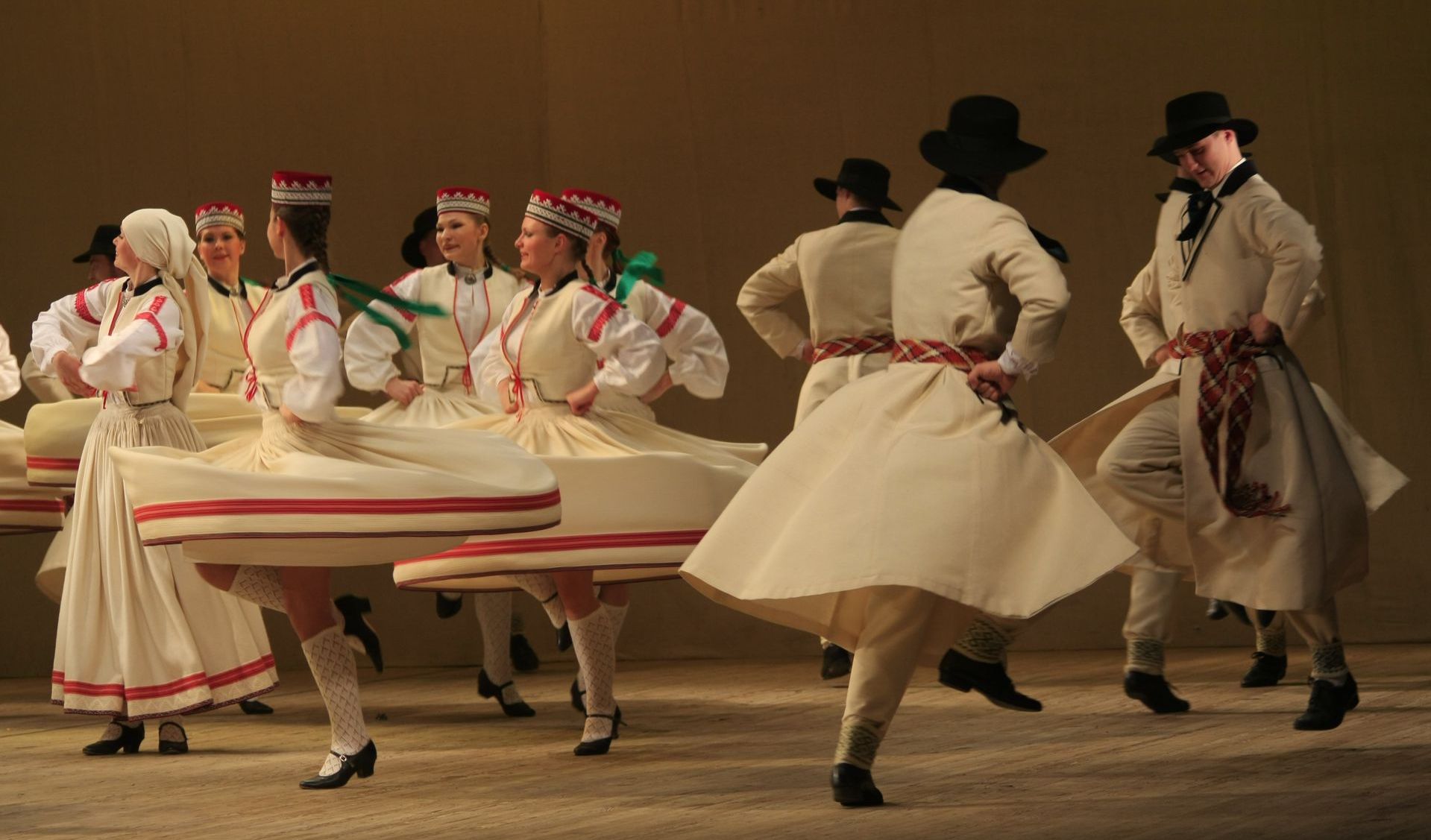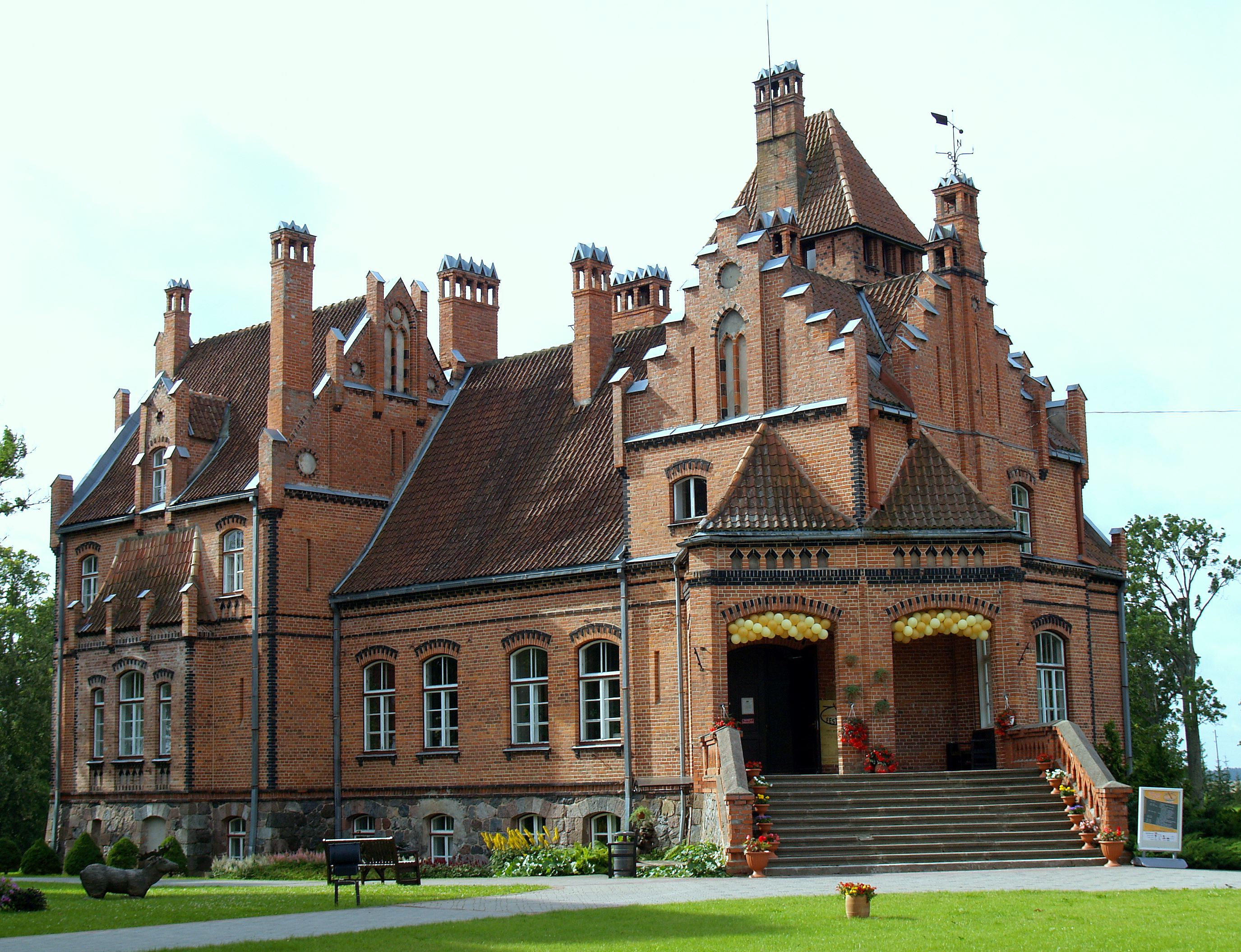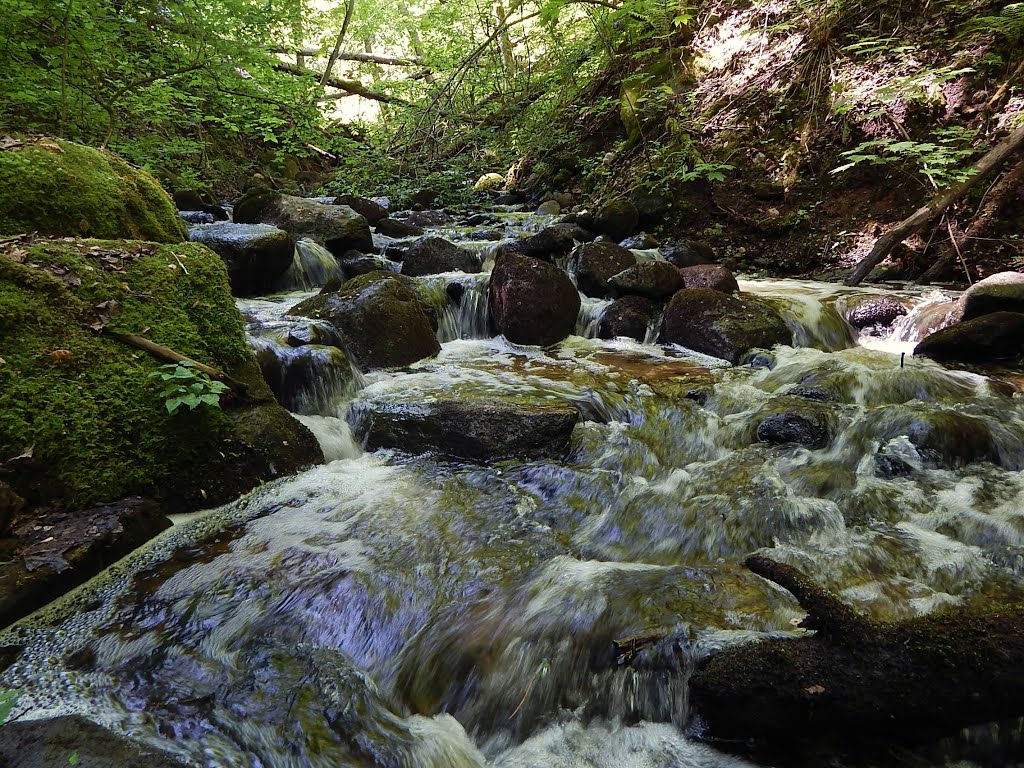Discover Latvia
Importent information for travelers
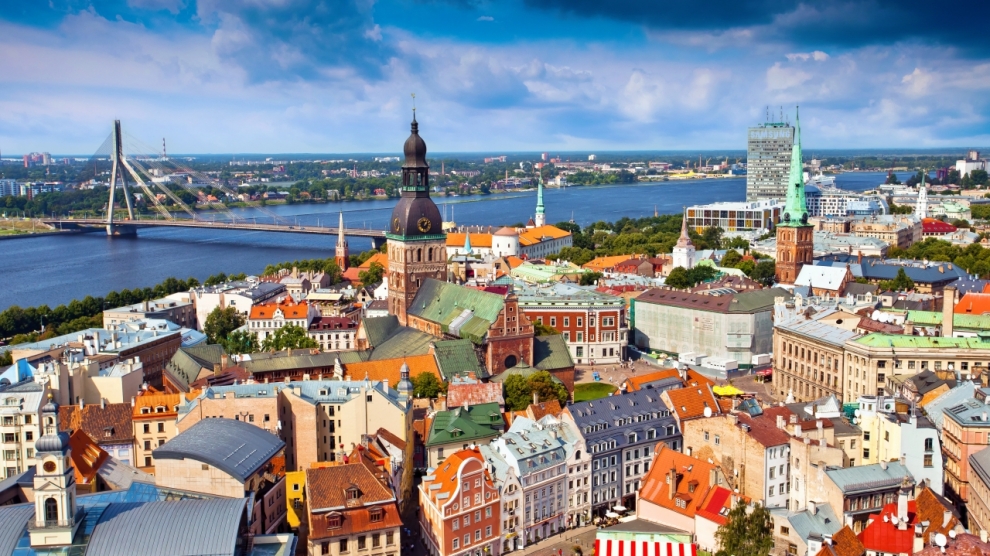
About Latvia
One of the last corners of Europe to join Christendom, Latvians are still very much pagans at heart. They worship nature by jumping over bonfires at Midsummer Eve, and many surnames are about birds, animals or trees.
Latvians are a people to look up to. Latvia has the world’s tallest women, with the average lady coming in at an impressive 170 cm. The men are no midgets either, holding fourth place.
Riga’s Central Market is one of Europe’s biggest markets. It is famed for its pavilions housed in giant zeppelin hangars left behind by the German army after World War I.
With over 500 km of coast, Latvia has tons of beaches. There’s space for everyone, whether you want fun in the sun or miles of sand to yourself, and best of all its all open to the public
Over half its territory is covered by forest, so Latvia is a very green place. Locals love to pick mushrooms and berries, and at Midsummer young couples duck into the woods to look for the mythical flowering fern. No such plant exists, but the search goes on…
One of the attractions of the port city Liepaja is a night in jail. The haunting Karosta district offers accommodation in the old military lockup complete with Soviet-style treatment.
Latvia has a huge capital relative to its tiny population, with over one third of the population living in Riga. But you wouldn’t know it on a summer weekend when everyone heads for their cottage in the countryside.
With over 800 Art Nouveau buildings, Riga has one of the world’s greatest galleries of this joyful style. Alberta iela is a street almost entirely created by Art Nouveau genius Mikhail Eisenstein, and his son film director Sergei Eisenstein was one of the founders of modern cinema.
You don’t need to go to a health food store in Latvia to find organic food, because locals find fantastic ingredients on their own. From birch sap juice in spring to berries in summer and mushrooms in autumn, Latvians are a nation of foragers.
The Ventas Rumba in Kuldīga is the widest waterfall in Europe, and in spring you can see fish jumping up the rapids as they head for spawning sites.
Latvia has almost 20 hours of daylight at midsummer, and locals make the most of it by partying outdoors and relaxing in nature. The lovely golden light typical of these latitudes has obsessed generations of painters and photographers.
Latvia is a small country, but at one stage it had colonies abroad. In the 1600’s, the independent Duchy of Courland covering western Latvia was a powerful maritime nation and controlled part of Gambia in Africa and the Caribbean island of Tobago.
Legendary painter Mark Rothko was born in Daugavpils, southeast Latvia, before finding fame in the US. Sold in 2014 for a cool 140 million euros, his No. 6 (Violet, green and red) is one of the priciest paintings of all time.
Every year in August, the village of Aglona in the Latgale region briefly becomes Latvia’s second biggest city, when over 200,000 people converge on the local basilica at the end of one of Europe’s biggest pilgrimages.

What to taste in Latvia
Latvian cuisine has evolved over the centuries under the influence of its neighbors - Estonian, Lithuanian, Russian and Belarusian culinary traditions. Essentially simple and satisfying, Latvian cuisine is based on cereals, livestock products, gifts from forests and the sea.
Hearty bean and bread soups, rich sauerkraut soup served in a bread loaf, thick creamy mushroom soup. Rye croutons with garlic, cheese, tomatoes, seeds and other additives are perfect for them.
The gifts of the Baltic Sea are also held in high esteem by Latvians. You will find a very impressive assortment in the Central Market of Riga, as well as in the restaurants of the capital. Baltic herring, mackerel, cod, but herring is especially fond of. Salads, sandwiches are made with it, fried and baked, smoked or added to traditional casseroles. For something a little more unusual, order lamprey, smoked eel, or seafood set.
Meat dishes are also a frequent guest on the table of Latvians, as well as the favorite Russian jellied meat is cooked here, and the knuckle, popular among the Germans, is served. They are garnished with potatoes, stewed cabbage, and for Christmas - gray peas with the addition of bacon. Spicy and hearty, it can be appreciated in all restaurants specializing in Latvian gastronomy.
Latvian rye bread is present on the local table every day, and it is eaten not only in the original form of rolls and loaves, but also often used as the main ingredient in various dishes.
Soups, desserts, kvass and even ice cream are made from bread. A basket of bread and butter will be served to you in any restaurant, as an aperitif for lunch and dinner.
Desserts will not disappoint you either. For breakfast, try bubert - semolina porridge with whipped cream, order the Vecriga cake or bread ice cream at the cafe.
Latvian beer also enjoys a good reputation, and for connoisseurs one can offer the famous Riga black balsam, Rīgas balzams. This strong alcoholic drink was invented in the middle of the 18th century by the Riga pharmacist Abraham Kunze as a remedy for many diseases.
If you are planning to have a quick, tasty and inexpensive snack - check out LIDO.


